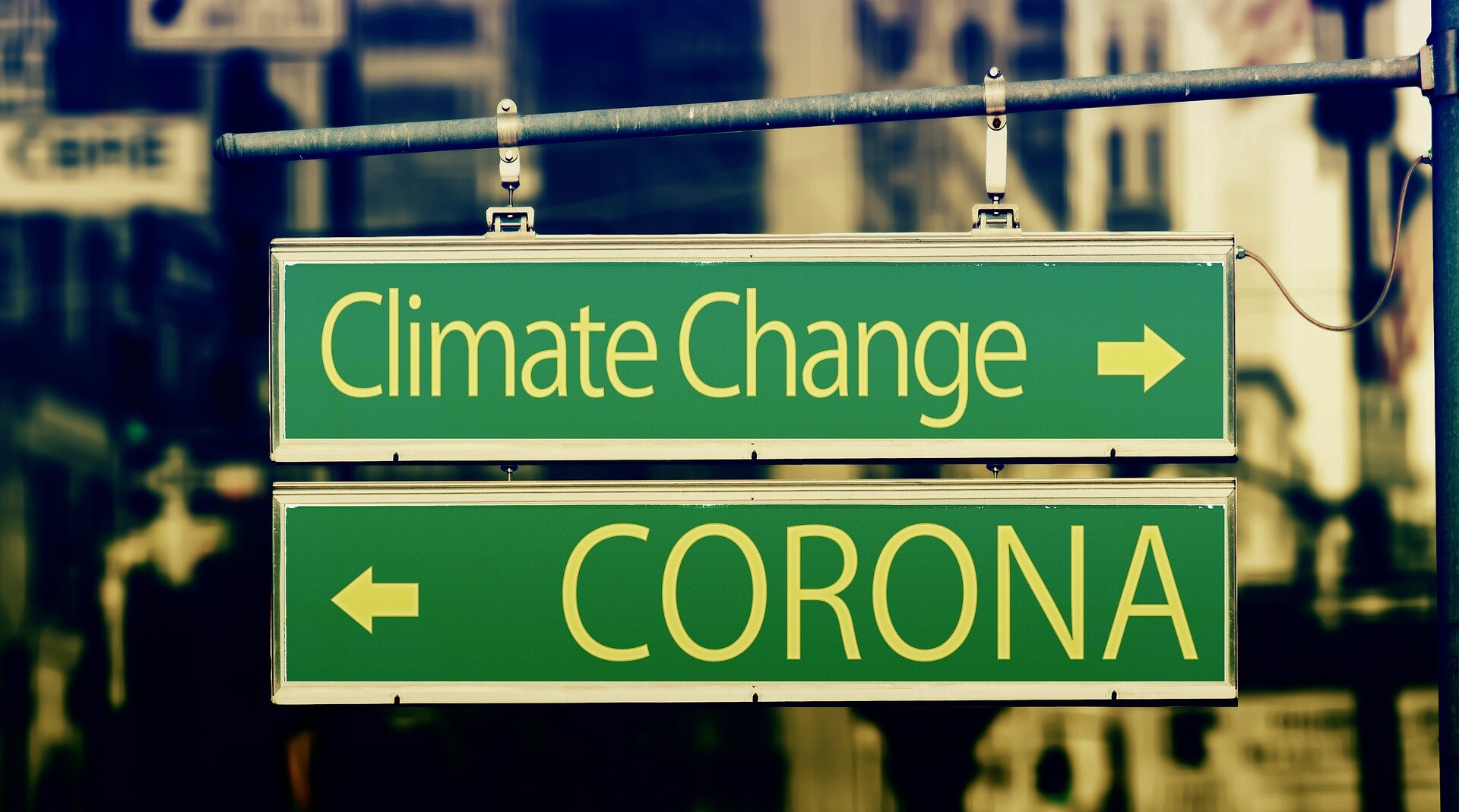As the world remains in the grip of a virus that has wreaked havoc on economies, communities and healthcare systems, many hold out hope for vaccines and treatments that will save the world as we know it. The dream is that they will end – or at least shrink – the global pandemic that has claimed over 700,000 lives and continues to hold us hostage. The yearning is for “normal”.
But viruses are not the only threat to our supply chains and economies, to the way we live and connect, or to our schools, shops and homes. For much longer, we have been dealing with rising global temperatures and sea levels, and extreme weather patterns that have brought altered rainfall patterns and flood risks. “Normal” is vulnerable to a lot more than viruses, and in the case of climate change, there is no vaccine or cure.
Singapore, for one, has been warming at twice the global average over the last 60 years.
The country’s Prime Minister Lee Hsien Loong said last year that the effects of climate change already being felt in the country would worsen. This will have far reaching environmental, economic, social and even national security consequences, he added, calling climate change a matter of “life and death”.
Many homes and businesses, as well as major infrastructure on this island nation are located along the coastline – East Coast and Jurong have been identified as the areas most vulnerable to future sea-level rises. The country also has limited water resources, and a growing population means demands on it are also growing. Climate change will exacerbate global supply chains vulnerabilities.
In the absence of any kind of vaccine or quick fix for climate change, preparation and climate adaptation are our best weapons.
Just last month (July), Singapore renamed its Ministry of the Environment and Water Resources to the Ministry of Sustainability and the Environment (MSE), citing the rising important of sustainability and climate change defence on the national agenda. This followed PUB’s assumption of the additional role as Coastal Protection Agency from April 1, managing a $5 billion Coastal and Flood Protection Fund (CFPF). PM Lee said in his National Day Rally last year that he expected the country might spend $100 billion or more protecting itself
against climate change over the next century.
Data and advanced analytics, hydrodynamic modelling and real-time operational management systems provide these agencies with critical information that support the adaptation efforts they are leading. Such tools allow them to anticipate, prepare for, and adapt to a precarious future. And with no treatment, cure or vaccine, foresight is our only opportunity to stay ahead of the impending impact of climate change.
Among these tools is a simulation engine developed under Virtual Water for Virtual Singapore, the ongoing NRF-funded research project being conducted by Hydroinformatics Institute (H2i) with the support of PUB. The project’s model calculation core allows ultrafast processing of highly detailed 3D data to predict and simulate floods that could follow heavy rainfall. The research project, currently focused on several flood prone areas in Singapore, gives agencies clarity on points of vulnerability and the effectiveness of various adaptation and mitigation measures, allowing them to better manage flood prone areas in the future.
Cumulative knowledge from several of our other water-related research projects feeds into Virtual Water for Virtual Singapore while also deepening our understanding of real-time flood management in urban areas. H2i’s X-band weather radar technology, for instance, provides real-time high-resolution rainfall data, while computer vision-based “camera gauges” convert visual data from CCTVs into instant measurements of rainfall rates, which is critical to effective flood management.
For many cities – particularly those that are coastal – the threat posed by climate change has already prompted the development of early flood warning systems, and the harnessing of data to guide urban design and coastal development.
The fast-movers know technology provides the benefit of foresight and a chance to factor mitigation into planning before it becomes untenable and more costly to manage. Today’s tools mean we can run scenarios
and characterise some of these uncertainties, and then plan better for them.
While Covid-19 seemed to have come out of nowhere, climate change is something that can be anticipated because it is both inevitable and already happening. The policy changes and investments Singapore is making today is what will make the difference to its survival and success.
